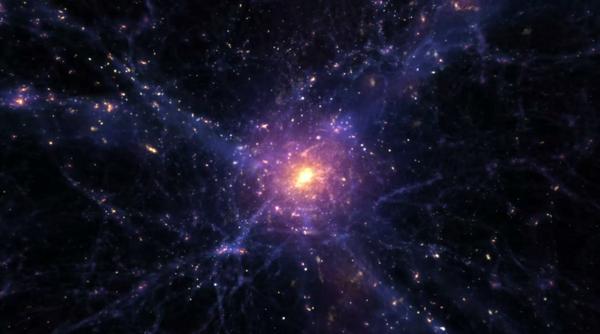
The light and energy given out by the explosions upon the death of stars have long been used in order to provide insights on the extent of the cosmos. These explosions, which are called Type la supernovae enable astronomers to approximately estimate the distances to galaxies as well as to determine the growing extent to which the universe is distancing apart.
However, these tools are far from being perfect. When it comes to the cosmic hardware store of the universe, improvements are constantly going on. In a report dating from the 27th March that appeared in the journal Science, astronomers have listed down the best and most accurate Type la supernovae used for measuring cosmic distances.
By using data from the NASA’s Galaxy Evolution Explorer archives, scientists have been able to demonstrate that a particular segment of Type la supernovae occurring close to relatively younger stars has the ability to improve these metrics with about twice as much accuracy as before.
These findings will in time pave the way to better understanding dark energy, which is one of the biggest mysteries that cosmology experts are trying to unravel. This pertains to the very origin and development of the whole universe. The dark energy is also responsible for the acceleration of the cosmos, a phenomenon that was discovered in 1998. This notion was uncovered when scientists found out that galaxies are distancing themselves from each other at a baffling speed. The main key in accurately measuring this acceleration lied within Type la supernovae which can be compared to light bulbs found throughout space.



